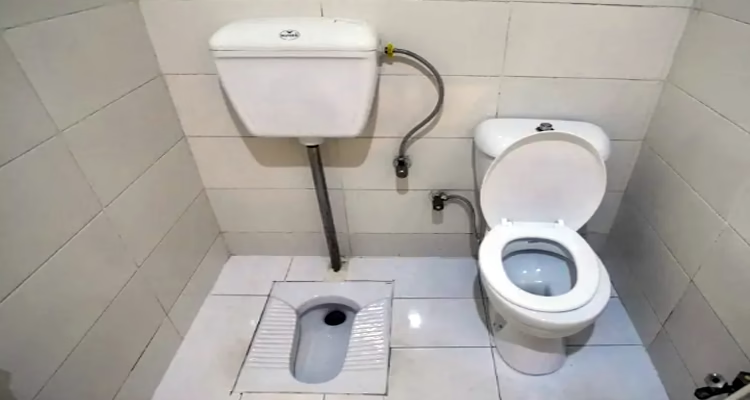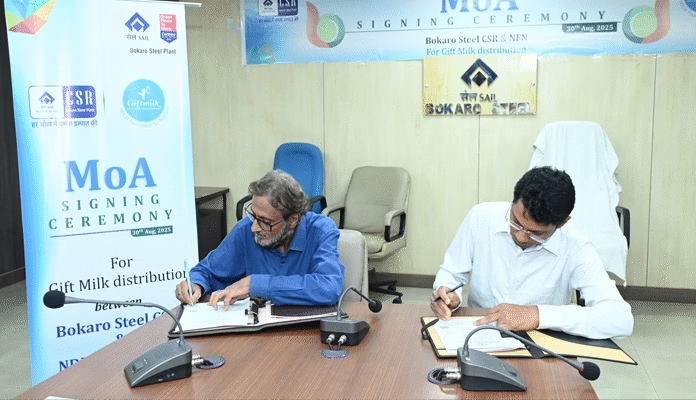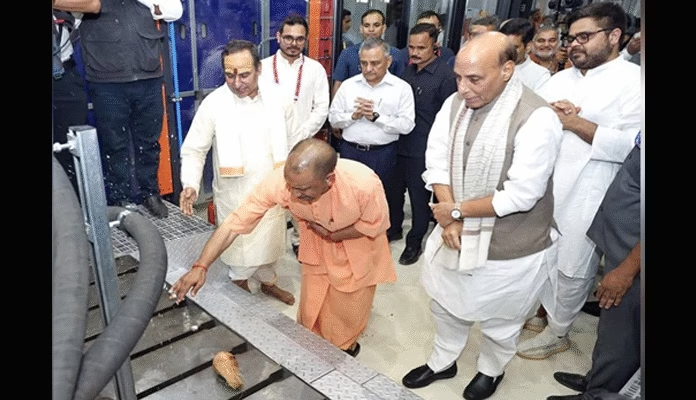
 It is estimated that 2.5 billion people worldwide lack access to proper sanitation, with 1.1 billion still practicing open defecation. According to global health experts, providing access to toilets could save more than 200,000 children’s lives annually, as poor sanitation remains a leading cause of diarrhoea-related deaths, which claim over 315,000 children each year.
It is estimated that 2.5 billion people worldwide lack access to proper sanitation, with 1.1 billion still practicing open defecation. According to global health experts, providing access to toilets could save more than 200,000 children’s lives annually, as poor sanitation remains a leading cause of diarrhoea-related deaths, which claim over 315,000 children each year.
In many rural regions, including parts of India, open defecation is not only common but culturally normalized—often associated with early morning routines and exercise. However, the consequences are dire. Lack of sanitation contributes to the spread of disease, particularly diarrhoea, and increases the risk of sexual violence, especially for women who must relieve themselves in open fields after dark.
Despite efforts, changing deep-rooted social norms remains challenging. Some still perceive open-air defecation as more hygienic than sharing toilets, often due to poor maintenance of existing public toilets. This neglect has made even modern facilities like e-toilets unusable, thanks to bad odour, no water, broken infrastructure, and lack of cleanliness—all of which discourage public use.
Sanitation is more than a health issue; it’s a workplace safety concern too. Globally, 17% of workplace deaths are linked to poor hygiene and sanitation practices.
India has taken significant steps in recent years. Under the Swachh Bharat Mission, the Modi government set a target to build over 100 million toilets in rural areas. As of now, about 10 million have been constructed, according to the Ministry of Water and Sanitation. Modi’s “Clean India” campaign sees sanitation not just as a public health goal but also as a way to combat poverty and attract investment.
One of the mission’s highlights was seen during Kumbh 2019, where for the first time bio-toilets, ICT monitoring, odour control systems, and volunteer participation were introduced. The number of toilets for Kumbh has grown—from 1.2 lakh in 2019 to 1.5 lakh in 2025, reflecting a 20% increase.
Yet, the stark reality persists. In urban spaces, e-toilets remain poorly maintained, with no water, broken fittings, and poor hygiene. Local bodies have failed to uphold standards, and monitoring mechanisms are either missing or ineffective. As a result, toilets often remain locked or unusable, a setback for daily commuters and the floating population alike.
Public toilets with proper water supply and cleanliness are the need of the hour. What’s equally urgent is mass education and awareness. A grassroots campaign on basic hygiene, disease prevention, and the importance of toilets—especially for women’s dignity and safety—is long overdue. Many still believe having a toilet indoors is dirty, while open defecation is cleaner—a mindset that must be challenged.
“We don’t need more temples, mosques, or churches—we need clean, functioning public toilets,” says a city health volunteer. And she’s not alone in this belief.
Sanitation isn’t just about infrastructure—it’s about changing mindsets, ensuring dignity, and building a healthier, stronger nation.
(Written by Vinod Chandrashekhar Dixit)



